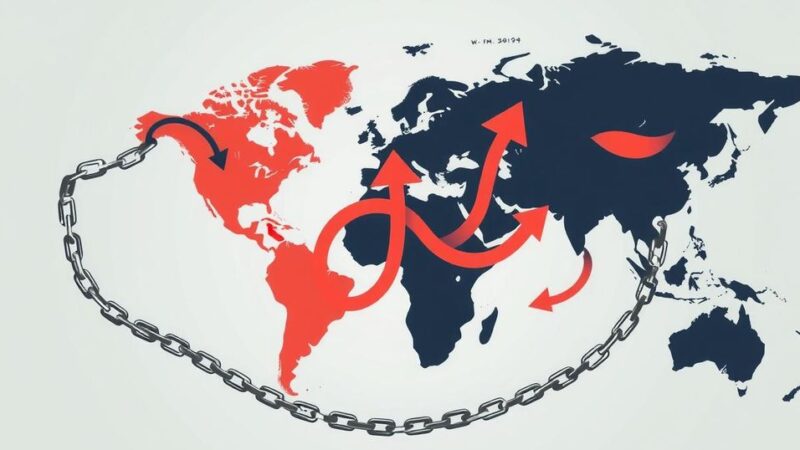GiveDirectly, a nonprofit organization, will distribute $1,000 payments to nearly 1,000 households affected by Hurricanes Helene and Milton in North Carolina and Florida. Utilizing advanced AI tools to identify impacted areas, the program seeks to streamline disaster aid by providing direct cash assistance through a smartphone application, allowing beneficiaries to address their unique needs without extensive application processes. This model represents a potential shift towards cash-based disaster response, urging broader adoption in relief efforts.
In an innovative approach to disaster relief, the nonprofit organization GiveDirectly is set to provide direct cash payments of $1,000 to households affected by Hurricanes Helene and Milton. This program, aimed at nearly 1,000 households across North Carolina and Florida, utilizes a cutting-edge artificial intelligence tool developed by Google to identify regions with significant poverty and damage from the storms. On Friday, eligible individuals can receive these funds via a user-friendly smartphone application associated with their government benefits. The initiative is designed to simplify the aid process, allowing beneficiaries to determine their own pressing needs without the complex application requirements typically associated with disaster relief. Laura Keen, a senior program manager at GiveDirectly, stated, “We’re always trying to grow the share of disaster response that is delivered as cash, whether that is by FEMA or private actors.” This direct payment strategy was first tested in the United States following Hurricane Harvey in 2017 and has been refined to offer swifter and more efficient assistance by leveraging technology to assess needs based on real-time data analysis. While GiveDirectly acknowledges the model may not reach every household in need, its success could inspire other organizations and government agencies to prioritize cash assistance over traditional in-kind donations. Critics, however, point out that this method may inadvertently overlook low-income families without access to smartphones or those who do not participate in governmental assistance programs. Nonetheless, GiveDirectly remains determined to promote its model as a feasible framework for disaster aid that empowers individuals affected by crises to make autonomous choices during their recovery.
As extreme weather events continue to escalate due to climate change, the demand for efficient disaster aid solutions grows. Traditional disaster relief often involves the distribution of goods such as clothing and food, which, while necessary, do not address all immediate financial needs of those affected, such as temporary housing or child care. A shift towards cash assistance aims to offer more personalized support, enabling individuals to prioritize their spending based on their unique circumstances. This method has shown promise in several contexts and is being explored by various philanthropic and governmental entities.
In conclusion, the initiative by GiveDirectly represents a significant shift in how disaster relief is administered. By utilizing technology to facilitate rapid cash transfers, the program not only streamlines the aid process but also empowers individuals to make decisions that best suit their needs following a disaster. The challenges associated with ensuring comprehensive coverage remain, yet the potential for improved disaster relief frameworks exists, encouraging a broader reevaluation of traditional aid strategies as communities continue to navigate recovery from devastating storms.
Original Source: www.inc.com







